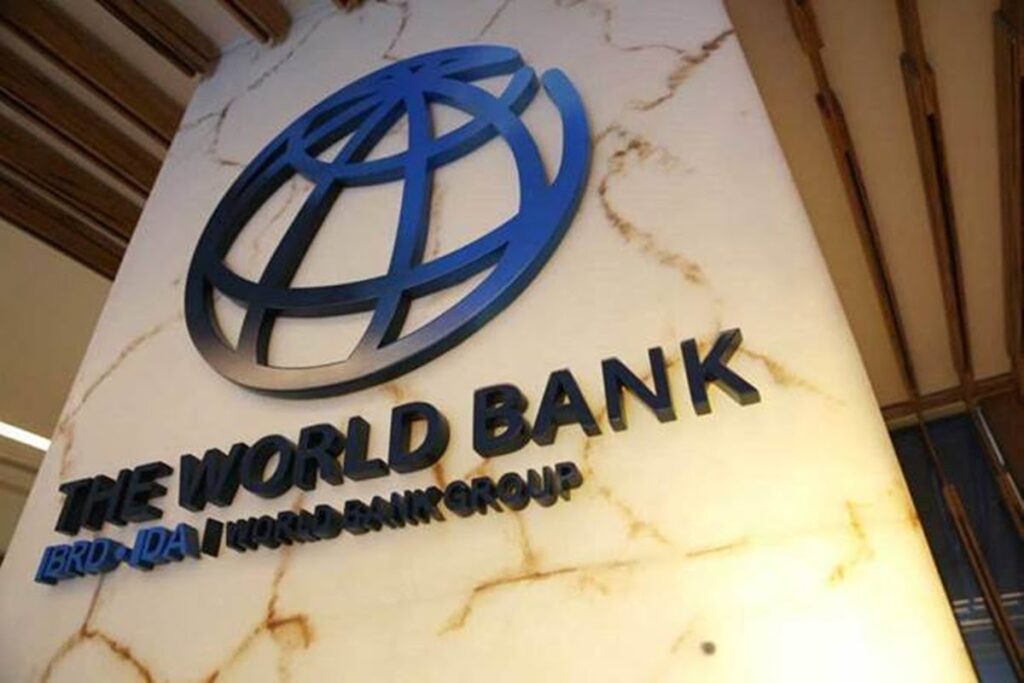On Tuesday, the world bank decleared in its latest food security update that available data on food prices showed high inflation in low, middle and high-income countries.
It said that the inflation level was greater than five per cent in 73.9 per cent of lower-middle-income countries and 48 per cent of upper-middle-income countries which recorded no percentage change from the last update.
It declared that the inflation level was greater than five per cent in 63.2 per cent of low-income countries, which was 1.3 percentage points higher than in the last food update on Jan. 17, 2023.
The bank said in high-income countries, food inflation level was also higher than five per cent in 44.4 per cent of countries, which was 1.9 percentage points lower than in the last food update.
The report said that in real terms, food price inflation exceeded overall inflation in 71 per cent of the 165 countries where data was available.
“According to the International Food Policy Research Institute (IFPRI), the recent attacks by Houthi rebels on ships in the Red Sea have triggered a 40 per cent decrease in trade volumes in the Suez Canal, which is decreasing global food security.”
“In 2023, food prices, a significant component of the agricultural price index, declined by nine per cent because supplies of major crops were ample, except for rice, which declined by 27 per cent.
“Food prices are expected to decline further in 2024 and 2025, although potential risks such as energy cost increases, adverse weather events, trade restrictions, and geopolitical uncertainty could affect them.”
“Circular food systems, which emphasise reduce-reuse-recycle-remove approaches, are proposed as a way to build profitable, sustainable, low-emission food systems.”
The World Bank Group said in response to the global food security crisis, it had scaled up its food and nutrition security response.
“The bank is now making 45 billion dollars available through a combination of 22 billion dollars in new lending and 23 billion dollars from existing portfolio.
“Our food and nutrition security portfolio now spans across 90 countries.
“It includes both short-term interventions such as expanding social protection, also longer-term resilience such as boosting productivity and climate-smart agriculture.”
” Some examples include the 766 million dollars West Africa Food Systems Resilience Programme, aimed to increase preparedness against food insecurity and improve the resilience of food systems in West Africa. ”
It stated that there was an additional 345 million dollars commitment currently under preparation for Senegal, Sierra Leone and Togo.

